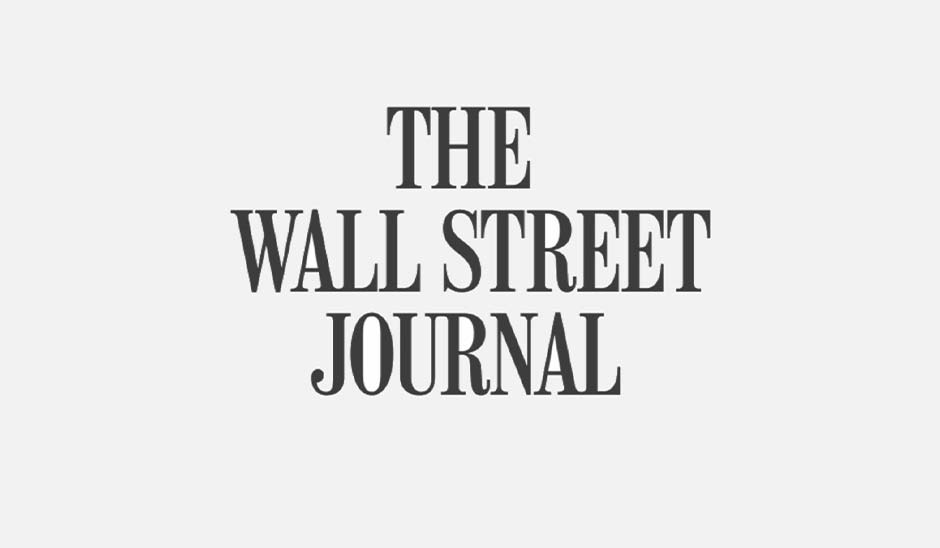
Bond Yields Fall As Market Continues To Mull Inflation Data
May 24, 2021
WTI Oil Prices Slip After 2-Day Surge — Market Talk
May 25, 2021Brainard says Fed is paying close attention to digital yuan
U.S. stock indexes trade near session highs Monday afternoon, with the Dow on track for a third straight advance, as technology stocks soar to begin the final week of trade for May.
What are major indexes doing?
- The Dow DJIA, 0.74% rose 238 points, or 0.7%, to 34,444, just below the session’s high of 34,449.55.
- The S&P 500 SPX, 1.27% advanced 48 points, or 1.2%, to 4,204.76 after hitting an intraday peak at 4,205.11.
- The Nasdaq Composite Index COMP, 1.70% rose 213 points, or 1.6%, to trade at 13,683.
The Dow last week fell 0.5%, while the S&P 500 gave up 0.4%, with both indexes suffering their second straight weekly fall. The Nasdaq Composite advanced 0.3%, snapping a run of four consecutive weekly declines.
What’s driving the market?
Investors appeared to be shaking off uncertainty around the next phase of the economic recovery, as businesses grapple with stressed supply chains, soaring consumer demand and climbing prices as the world reboots from the pandemic.
“We are starting off the week with some nice gains,” said Peter Cardillo, chief market economist at Spartan Capital Securities, in an interview with MarketWatch.
“I think the reason for that is that we have 10-year Treasury yields that are backing down from their recent run-up, and today are near 1.6%,” Cardillo said, adding that progress in Washington on the Biden administration’s pared-down infrastructure plan also provides a backdrop of potentially more stimulus to come.
Rising inflation pressures have been blamed for heightened stock-market volatility after data earlier this month showed the consumer-price index rose a hotter-than-expected 4.2% year-over-year in April. That prompted fears the Fed could move earlier than anticipated to begin pulling back on its monetary policy accommodation.
Read: Inflation scare? the stocks that perform best — and worst — when prices rise
Most Fed officials have maintained that it inflation will be “transitory” and that it remains too early to begin contemplating the withdrawal of monetary support.
But stocks have been largely in a holding pattern for the past two weeks, as investors await clearer signs on the staying power of higher inflation and if the Fed’s current polices will reach the hardest-hit by the pandemic.
“The economy has made an impressive rebound since the reopening phase really took hold. But it now needs to make the harder yards, to help get back to where we were for the most vulnerable U.S. households, as policy is being set there as opposed to the traditional approach of targeting the median household,” said Padhraic Garvey, ING’s global head of debt and rates strategy, in emailed commentary.
Meanwhile, talks continue around President Joe Biden’s infrastructure push. The White House on Friday trimmed the size of its proposal from $2.3 trillion to $1.7 trillion in an effort to win Republican support, but news reports cast doubt on the prospects for a deal before a Memorial Day target. Democrats could attempt to move on their own if the stalemate continues, using budget reconciliation procedures.
Volatility in the cryptocurrency markets also remained a focus. Fed Gov. Lael Brainard said Monday that the Federal Reserve is paying close attention to China’s progress in developing a digital currency, especially its use in international payments.
Bitcoin BTCUSD, 13.55% extended a slump over the weekend to fall as much as 50% from its all-time high above $60,000. Bitcoin was up around 5% in recent action.
“What’s happened in the past week in the crypto world is just more proof of a product that’s being run up by speculation,” said Spartan Capital’s Cardillo. “That’s not to say that down the road there’s not going to be a place for bitcoin.”
Which companies are in focus?
- Cabot Oil & Gas Corp. COG, -7.09% and Cimarex Energy Co. XEC, -7.78% said Monday that they reached an agreement on an all-stock merger of equals in a deal with an enterprise value of about $17 billion. Cabot shares traded 7.1% lower, while Cimarex shares declined 7.6% lower.
- Virgin Galactic Holdings Inc. SPCE, 22.64% on Saturday completed its first rocket-powered flight from New Mexico to the fringe of space in a manned shuttle. Shares jumped by over 19%.
- Singular Genomics Systems Inc. OMIC, , the California-based biotech that leverages next-generation sequencing to build products for researchers, set terms of its initial public offering, in which it could be valued at up to $1.5 billion. The company is looking to raise up to $187 million, as it is offering 8.5 million shares at an IPO price of between $20 and $22 a share. The stock is expected to trade on the Nasdaq under the ticker symbol “OMIC.”
- Norwegian Cruise Line Holdings Ltd. NCLH said Monday it will resume cruises to Alaska from Seattle starting Aug. 7. Its stock was up 4.7%.
- Vivint Smart Home Inc. VVNT said Monday that Chief Executive Todd Pedersen will step down from his role, once a successor has been found. Pedersen, who also founded the company, will remain on the integrated smart home company’s board of directors. Shares were down 2.7%.
How are other assets faring?
- The yield on the 10-year Treasury note TMUBMUSD10Y, 1.607% was at 1.60%, down 2 basis points. Yields and bond prices move in opposite directions.
- The ICE U.S. Dollar Index DXY, -0.20%, a gauge of the currency against a basket of six major rivals, was off 0.2%.
- Oil futures CL.1, 3.63% rose, with West Texas Intermediate crude for July delivery up $2.33, or 3.7%, at $65.93 a barrel on the New York Mercantile Exchange.
- Gold futures GC00, 0.39% settled 0.4% higher at $1,884.50.
- The Stoxx Europe 600 index SXXP was trading up 0.1%, while London’s FTSE 100 UKX rose 0.5%.
- Hong Kong’s Hang Seng Index HSI fell 0.2%, while the Shanghai Composite SHCOMP ended 0.3% higher and Japan’s Nikkei 225 NIK rose 0.2%.
William Watts contributed reporting



